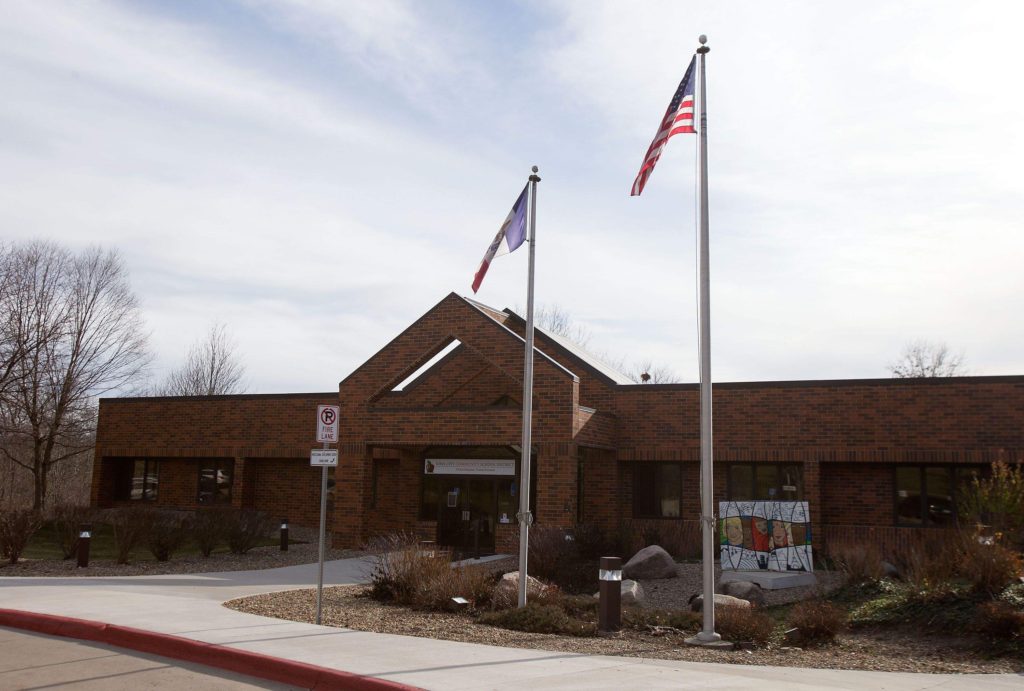Much consternation has taken place over the past few years in Johnson County due to the Iowa City Schools’ facilities plan and diversity policy. Here’s a suggestion: let’s start enacting needed changes in the way board members are elected.
There are 19 elementary schools in the district with one, Hoover Elementary, slated for closure following the 2018-19 school year. But the board’s seven members live within the boundaries of only five elementary schools — Lucas (2 members), Shimek (2 members), Van Allen, Weber and Wickham. Before Sally Hoelscher’s recent resignation from the Board, Lucas Elementary was only one vote shy of a majority.
This leaves 14 enrollment areas without direct representation, including the three — Garner, Penn and Hills elementaries — in the outlying areas of North Liberty and Hills.

While current board members may argue that they ran on their ability to represent the entire district and may even schedule visits to the various facilities, the reality is schools less likely to be visited for traditional community-based activities like concerts, graduations and such are less likely to have opportunities to advocate for their programs and staff. When Board members aren’t likely to encounter and speak with parents from a specific school, they aren’t likely to have the full picture of life connected to that facility.
This is not to say those serving on the board are heartless or do not take their role seriously, but is an acknowledgment that people generally appreciate what they are exposed to and know. The more board members interact with patrons of specific facilities, the better understanding they hold of those sites, the challenges being faced and the programs underway.
What I’m proposing isn’t a “throw the bums out” approach, but a significant switch in how — and perhaps how many — school board members are elected.
Of the seven Iowa school districts that served student populations of 10,000 or more during the 2013-14 school year, four, including Iowa City, elected their members from the entire district. The other three elected a combination of at-large and subdistrict candidates.
Under that model, the entire board continues to represent the entire district, but residents can be assured of greater mandated geographical diversity. Candidates, who might be concerned about the cost of running a districtwide campaign for a school board job that promises no paycheck, can choose to run within one of the subdistricts at lower expense.
A petition calling for the election change would need to be presented to the Johnson County Auditor’s office and hold a certain percentage of signatures (based on turnout from the last school election) before the proposal could be placed on a ballot. If the voters approve, the district would have a certain amount of time to draw the subdistricts and enact an election plan.
Des Moines Community School District — the largest district in the state — was the most recent to make such a switch, with the only outspoken opposition being existing members of the school board. An organization, the Committee for a Representative School Board, collected more than 3,100 signatures to place the proposition on the 2011 school election ballot. Roughly 67 percent of district voters approved, and Des Moines Schools had 40 days to present a map of the subdistricts. Once in place, a plan was established to shift existing at-large seats to a subdistrict plan.
In the following school election, voters chose board members for two at-large seats and two subdistrict seats. In 2015, one at-large seat and two district seats will be filled.
Advocates argued that moving to subdistricts would encourage greater turnout in elections. They appear to have been correct.
In 2009, when voters in the Des Moines district were electing representatives at-large, voters cast 8,729 ballots. When the proposition to switch to the subdistricts was on the ballot in 2011, a total of 6,055 people voted.
In 2013, the date of the first election by subdistrict, 11,655 voters cast a ballot.
As patrons of Iowa City schools work to resolve sensitive issues in the coming years, the community should require discussion and decisions be as diverse as possible. Fortunately, Iowa law provides a path forward and school voters should embrace it.
This column by Lynda Waddington originally published in The Gazette on Aug. 24, 2014. Photo credit: Brian Ray/The Gazette
